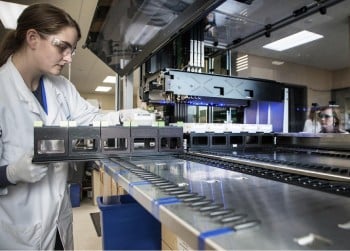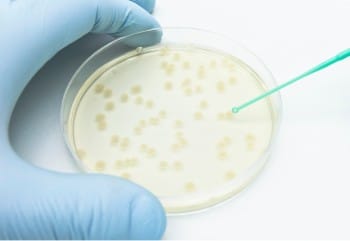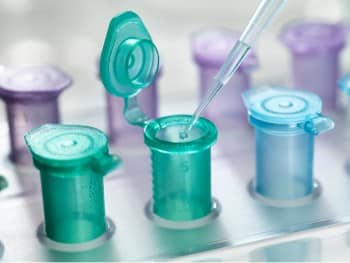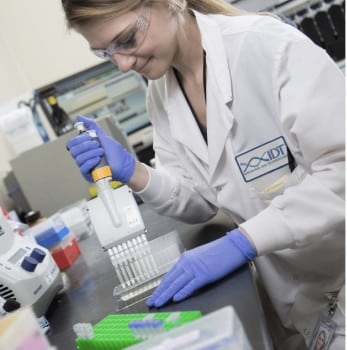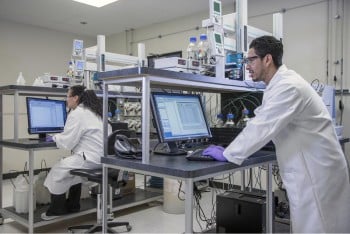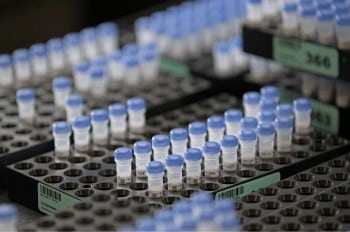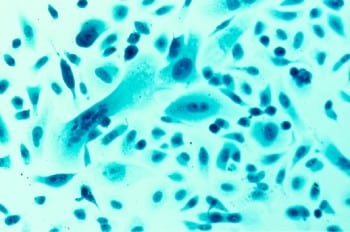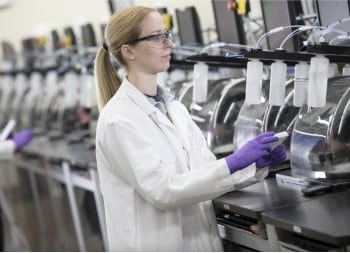Products & Services
PCR / qPCR / dPCR
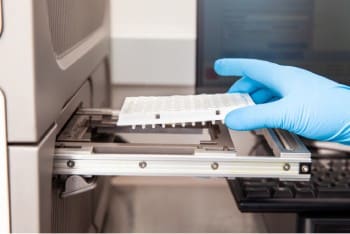
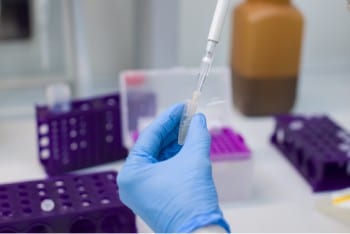

PrimeTime™ Pathogen Research Panels
Save time and money with PrimeTime Pathogen panels—flexible target selection, reliable results, and easy ordering.
Learn More

PrimeTime™ Sexual Health Research Panels
Optimized sexual health panels remove sequence design guesswork—saving time and money with flexible fluorophore options, platform compatibility, and reliable results.
Buy Now
Next Generation Sequencing
Amplicon Sequencing
xGen Oncology Amplicon Panels
xGen 56G Oncology Amplicon PanelxGen 57G Pan-Cancer Amplicon PanelxGen TP53 Amplicon PanelxGen EGFR Pathway Amplicon PanelxGen BRCA1/BRCA2 Amplicon PanelxGen BRCA1/BRCA2 PALB2 Amplicon PanelxGen Colorectal Amplicon PanelxGen Lung Amplicon PanelxGen Lynch Syndrome Amplicon PanelxGen Myeloid Amplicon Panel
Explore Solutions
Support & Education
Tools
Company

